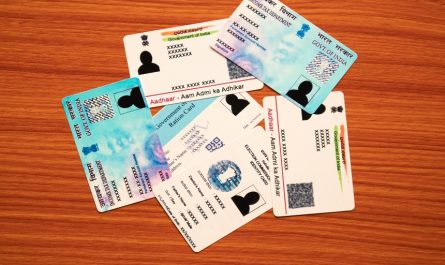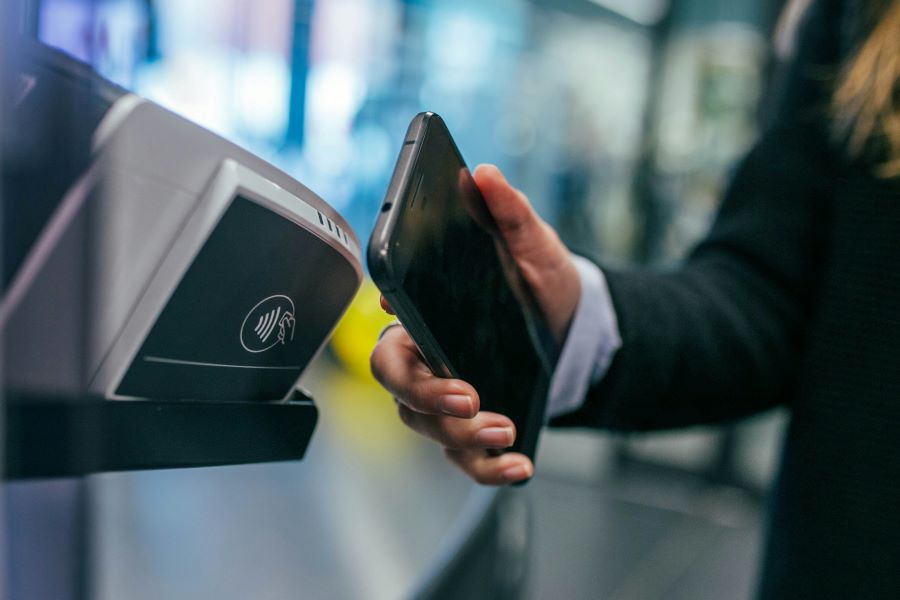In today’s fast-paced digital landscape, where convenience and efficiency are paramount, banking transactions have undergone a significant transformation. This transformation is owed largely to innovative technologies like IFSC (Indian Financial System Code) and MICR (Magnetic Ink Character Recognition) codes. Airtel Payments Bank, at the forefront of digital banking innovation, offers a comprehensive suite of financial services to its customers, ensuring that managing finances is seamless and hassle-free.
Understanding the Significance of IFSC and MICR Codes
IFSC and MICR codes are instrumental in facilitating electronic fund transfers and other banking transactions, ensuring accuracy, security, and efficiency. These codes are vital for various payment systems such as NEFT, RTGS, IMPS, and more.
Airtel Payments Bank: Revolutionizing Digital Banking
Airtel Payments Bank stands as a digital banking platform offering a wide array of financial services, including savings accounts, fixed deposits, online fund transfers, bill payments, insurance, and loans. Leveraging cutting-edge technology, Airtel Payments Bank provides hassle-free banking solutions to its customers.
Accessing Airtel Payments Bank IFSC Code
Finding the IFSC code for Airtel Payments Bank branches is straightforward:
- Airtel Payments Bank Website: Visit the official website of Airtel Payments Bank to find the IFSC code.
- RBI’s IFSC Search Portal: Utilize the RBI’s online portal to search for Airtel Payments Bank IFSC codes.
- Bank Account Statement: The IFSC code of your Airtel Payments Bank branch is typically mentioned on your bank account statement.
- Mobile Banking Application: Access the IFSC code of your branch through Airtel Payments Bank’s mobile banking application.
Understanding the IFSC Code
What is the IFSC Code?
IFSC code is a unique alphanumeric code assigned to each bank branch by the Reserve Bank of India (RBI), identifying the bank and branch involved in electronic fund transfers within the country.
Structure of IFSC Code
The IFSC code comprises 11 characters, including alphabets and numbers. The first four characters represent the bank code, followed by a zero (0), and the last six characters denote the branch code.
Also Read: How to open Airtel Payments Bank account?
Understanding MICR Code
What is the MICR Code?
MICR code is a technology used for processing cheques in the banking system, consisting of a unique set of nine digits that identify the bank and branch for cheque-clearing purposes.
Structure of MICR Code
The MICR code comprises three parts: the city code, bank code, and branch code. These codes are printed using magnetic ink, enabling easy reading by MICR readers.
Importance of MICR Code in Banking Transactions
The MICR code is crucial for efficient cheque processing, ensuring accuracy and security in cheque clearing by providing information about the bank and branch where the cheque is drawn.
Accessing Airtel Payments Bank MICR Code
Locating the MICR code for Airtel Payments Bank branches:
- Bank Account Statement: The MICR code is typically printed on your bank account statement.
- Cheque Book: Find the MICR code printed on the bottom of each cheque leaf in your Airtel Payments Bank chequebook.
- Customer Support: Contact Airtel Payments Bank’s customer support for assistance if you’re unable to find the MICR code through other means.
Airtel Payments Bank Services
Airtel Payments Bank offers a diverse range of financial services:
- Savings Account
- Fixed Deposits
- Online Fund Transfers
- Bill Payments & Recharge
- Insurance and Loans
Conclusion
Accurate IFSC and MICR codes are imperative for secure and efficient banking transactions. By understanding the significance of these codes and knowing how to access them for Airtel Payments Bank, customers can ensure seamless banking experiences. Airtel Payments Bank is committed to providing easy access to IFSC and MICR codes, empowering customers to manage their finances with confidence and convenience.
Open your new account with Airtel Payments Bank today via the Airtel Thanks UPI payments app, your one-stop solution for mobile recharges, new SIM cards, eSIM applications, postpaid, broadband connections, and more—all with Airtel Thanks.
Also Read: Quick read on what is a USSD Code & list of USSD Codes
Frequently Asked Questions
- Can I use the IFSC code for international transactions?
- No, IFSC codes are solely for domestic electronic fund transfers within India. International transactions require different codes and protocols.
- Do Airtel Payments Bank branches have a unique MICR code?
- Yes, each Airtel Payments Bank branch has a unique MICR code
- What if I enter the wrong IFSC or MICR code during a transaction?
- Entering incorrect IFSC or MICR codes can result in transaction failures or delays. Always double-check the codes before initiating transactions.
- Are there any charges for using IFSC and MICR codes in transactions?
- Airtel Payments Bank typically does not levy charges for using IFSC and MICR codes in transactions. However, refer to the bank’s fee schedule for any applicable charges.


 Get App
Get App  Airtel Store
Airtel Store  Login
Login 


